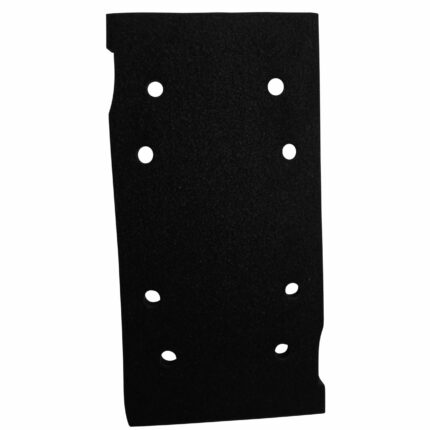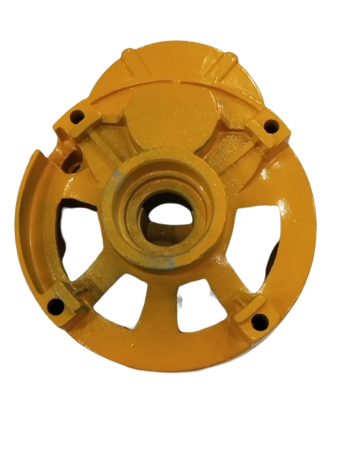The Gatekeeper of Power: Unveiling the Cut Off Saw Switch
The unassuming switch on your cut off saw plays a critical role in ensuring safety and control during operation. Here’s a breakdown of this essential component:
Function:
-
Power On/Off Control: The primary function of the cut-off saw switch is to regulate the flow of electricity to the motor. By pressing the switch, you complete the electrical circuit, allowing power to flow and activate the motor. Releasing the switch interrupts the circuit, stopping the motor and the saw blade. This provides complete control over the cutting operation.
-
Safety Mechanism: Many cut-off saw switches incorporate a safety feature. This feature, often a trigger guard or a lock-on button, requires intentional activation to prevent accidental powering on of the saw. This helps to minimize the risk of injuries during tool handling or storage.
Types of Cut Off Saw Switches:
- Trigger Switch: This is the most common type of switch. It requires the user to continuously squeeze the trigger to keep the saw running. This design promotes user control and helps prevent accidental activation.
- Lock-On Switch: Some cut-off saws offer a lock-on function integrated into the trigger switch. Once squeezed and locked, the saw continues to run even when the user releases their grip on the trigger. This can be helpful for extended cuts, but it requires extra caution to avoid accidental activation.
- Paddle Switch: Less common on cut-off saws, a paddle switch requires the user to press down on a flat surface to activate the saw. Releasing the pressure stops the motor.
Construction:
- Housing: The switch is typically housed in a durable plastic or metal casing for protection against dust and potential impacts.
- Internal Components: Inside the housing, a series of electrical contacts and mechanisms work together to complete or interrupt the electrical circuit based on the switch position.
Maintenance Tips:
- Cleaning: Regularly clean the switch area with a damp cloth (not soaking wet) to remove dust and debris accumulation that could hinder switch operation.
- Avoid Liquid Exposure: Avoid exposing the switch to liquids or moisture, as this can damage the internal components.
- Visual Inspection: Occasionally inspect the switch for any signs of damage, such as cracks, loose parts, or malfunctioning (e.g., switch not turning on/off properly). If you suspect damage, consult a qualified technician for repair or replacement.
In Conclusion:
The cut-off saw switch is a crucial component that prioritizes user control and safety during operation. Understanding its function, types, and maintenance needs allows you to operate your saw with confidence and maintain its functionality for extended use. Remember, prioritize safety by always using the switch properly and following the manufacturer’s instructions for your specific cut-off saw model.











Reviews
There are no reviews yet.